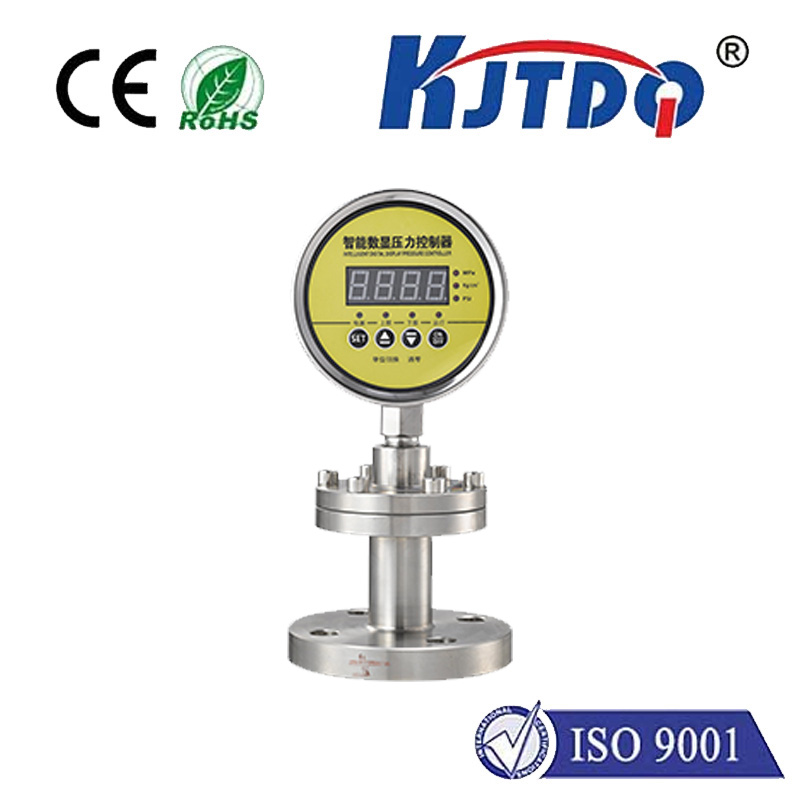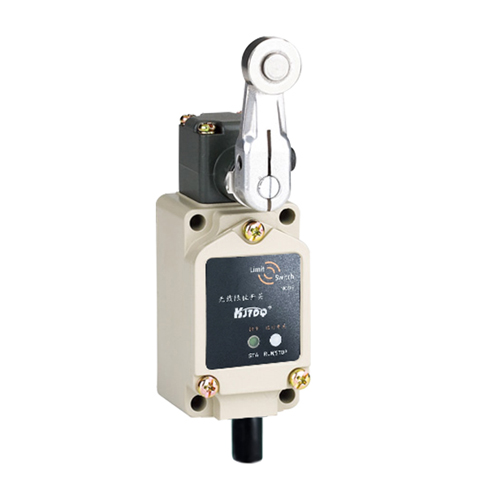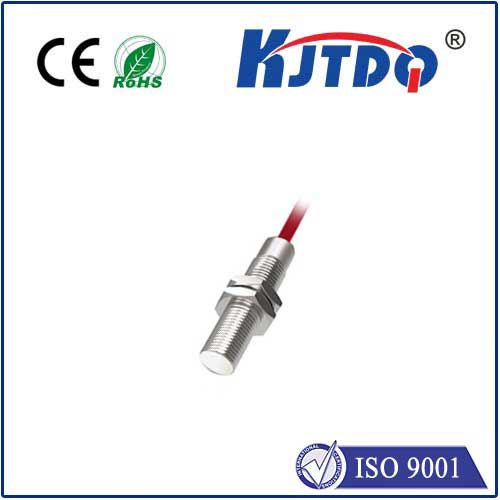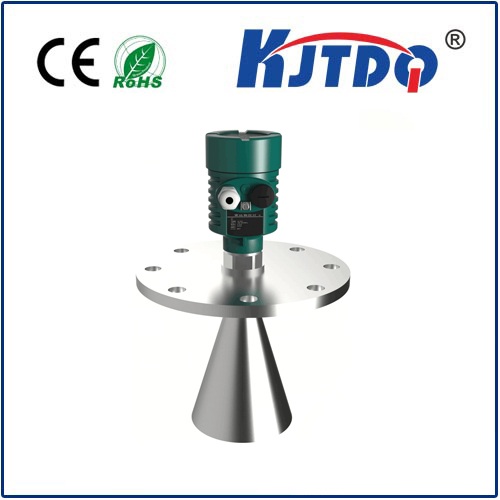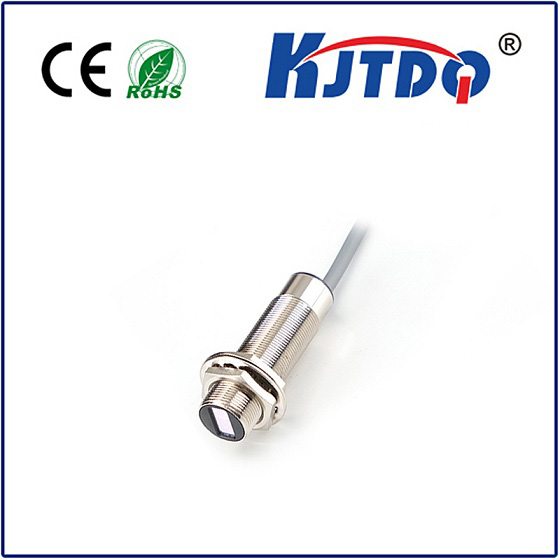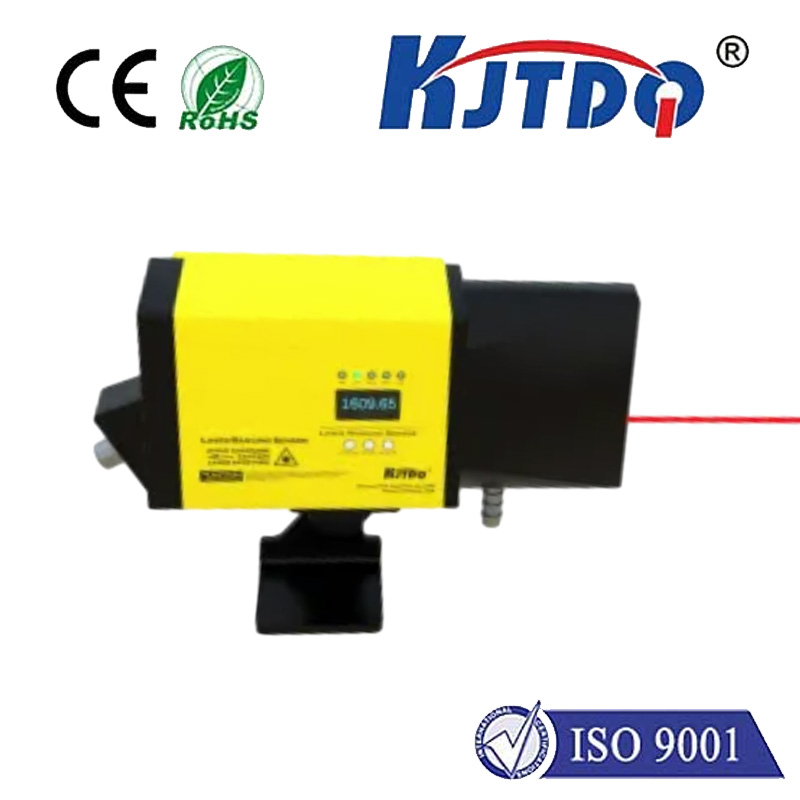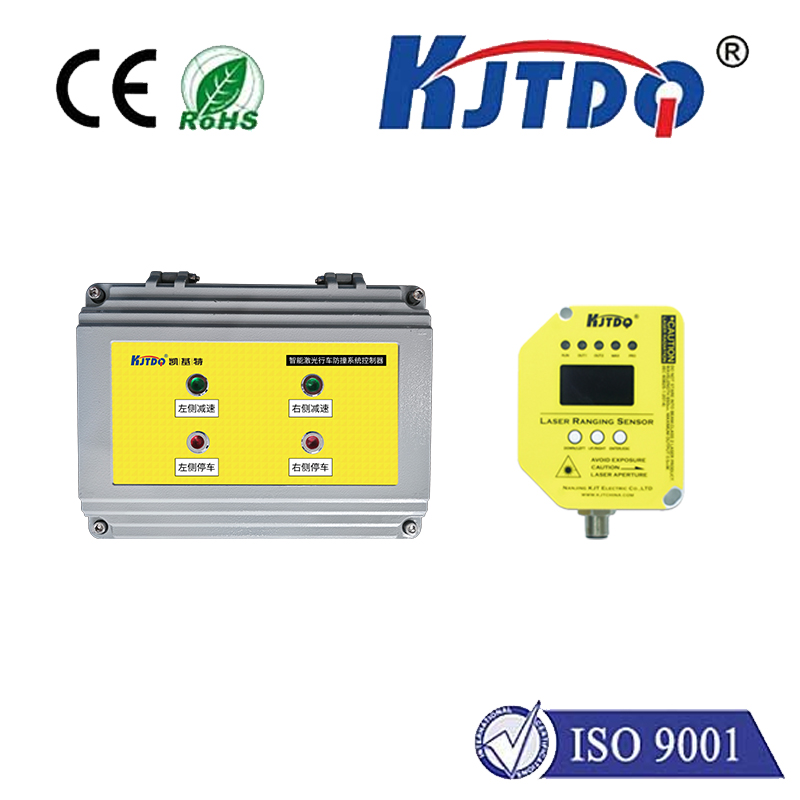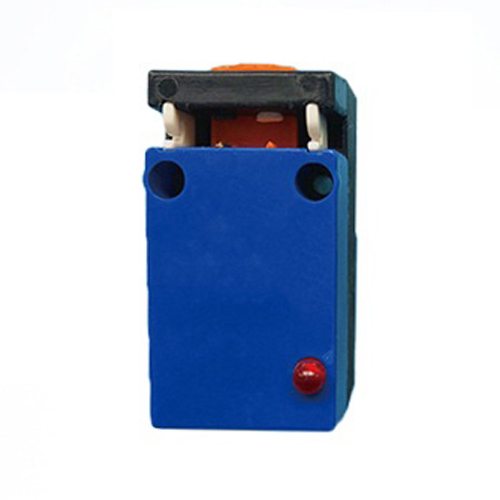Imagine standing at a vast construction site. Years ago, measuring distances accurately meant struggling with cumbersome tapes or dealing with parallax errors through optical instruments. Today, a quick point-and-click delivers an instant, highly precise measurement. This transformation is largely powered by laser distance sensors (LDS), devices fundamentally changing how we gauge the physical world across countless industries. Their ability to deliver contactless, exceptional precision unlocks capabilities that were previously impossible or prohibitively slow.
At their core, these sensors work by harnessing the properties of light. They emit a focused, coherent laser beam – typically red or invisible infrared – towards a target. The sensor then precisely measures the interaction of this light with the target to determine distance. The two dominant working principles are:

Distance = (Speed of Light x Time Taken) / 2). ToF sensors excel at medium to long ranges.The most compelling argument for laser distance meter technology is its unparalleled combination of precision and speed. Modern sensors can achieve sub-millimeter accuracy (±1mm or better is common) even at significant distances, far surpassing traditional tools. This measurement happens almost instantaneously – readings are displayed in a fraction of a second. Furthermore, being a non-contact measurement tool is a game-changer. Users can safely measure hazardous areas (high voltage, extreme temperatures, moving machinery), inaccessible points, or delicate surfaces without any physical interaction that could cause damage or disturbance.
These attributes make LDS technology indispensable across a remarkably diverse landscape:
Selecting the right laser rangefinder depends heavily on the application’s specific demands. Key considerations include:
The future trajectory for laser distance technology points towards even greater integration and intelligence. We’re seeing sensors becoming smaller, more energy-efficient, and significantly more cost-effective. Advanced signal processing algorithms are continually improving accuracy and reliability, especially under difficult conditions. Integration with LiDAR for complex 3D spatial awareness is driving advancements in autonomous vehicles and robotics. Furthermore, the combination of laser sensor data with artificial intelligence (AI) is opening doors for predictive maintenance, automated decision-making in production lines, and highly detailed environmental modeling far beyond simple distance readings.
From the architect sketching a new building to the robot assembling a car with micron-level precision, laser distance sensors provide the critical link between the physical world and digital control. Their unique blend of speed, accuracy, non-contact operation, and versatility ensures they will remain a cornerstone tool for professionals and industries seeking to measure, understand, and interact with their environment more effectively than ever before.
